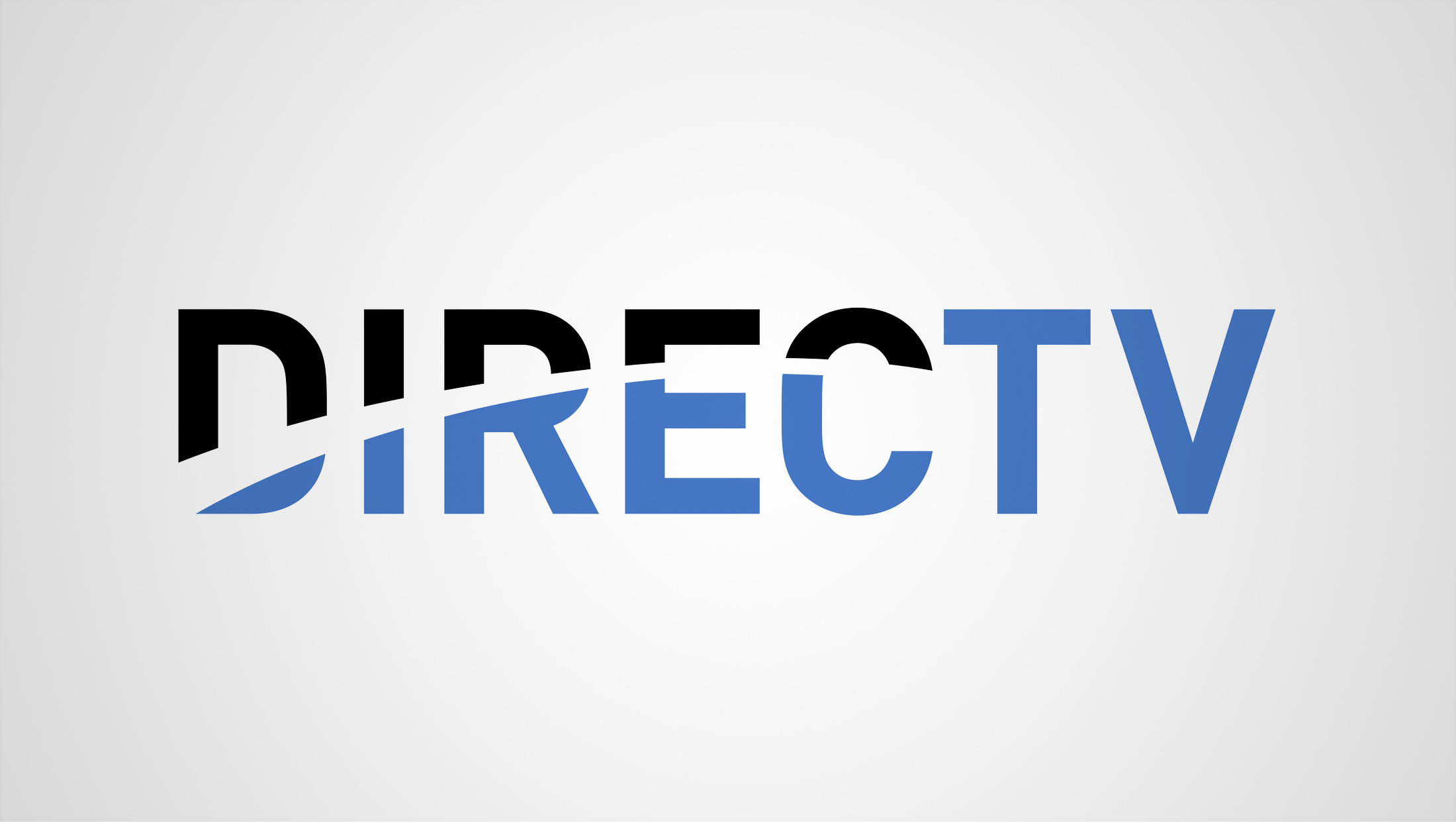DirecTV letting customers drop local stations to save $12 a month

Subscribe to NCS for the latest news, project case studies and product announcements in broadcast technology, creative design and engineering delivered to your inbox.
DirecTV has announced plans to let its subscribers opt out of receiving local TV stations — and get a discount on their monthly fee.
The new option, dubbed “No Locals,” will let subscribers opt out of receiving local stations at a discount of $12 per month or $140 per year.
While it’s not precisely clear how DirecTV arrived at the $12-a-month rate, it presumably is at least somewhat based on the typical total of retransmission fees the carrier ends up paying to the owners of local TV stations in exchange for rebroadcasting their signals.
Satellite TV providers such as DirecTV and Dish are allowed to offer local TV stations to subscribers, but are not required to. This is sometimes known as “local-to-local” service. When a satellite provider does opt to provide local stations to consumers, it is allowed to charge for that service and also has to pay the station owners to retransmit its content.
DirecTV is coming off a major retransmission fee battle with Tegna. The two sides had been facing off since November 2023 that was resolved in mid-January 2024. It also recently renegotiated deals with Cox Media Group and Nexstar.
During the battle, DirecTV suggested airing national programming feeds directly from networks such as ABC, CBS, NBC and Fox directly from the source and offering local stations as an option.
It’s not immediately clear if DirecTV has the contractual right to offer customers the option to opt out of local channels, as such a move likely would have been prohibited by retransmission agreements with station owners. However, it’s also possible DirecTV has been introducing such a clause in its contracts.
Dish, DirecTV’s chief rival, has offered a similar feature to its subscribers for “years.”
“Dish firmly believes in empowering its subscribers with the ability to customize their viewing experience according to their preferences,” a spokesperson said in an email. “To DirecTV we say, ‘welcome to the club!'”
Dish has also engineered its Hopper DVR platform to include over-the-air channels in the on-screen programming guide.
Local TV stations could potentially have a lot to lose here.
Should a large number of consumers feel like saving $12 a month, it could limit access to local programming such as local news, lifestyle, sports and public affairs produced by many stations. It also, without any alternatives, cut off these viewers from traditional network TV comedies, drama and national news programs unless another arrangement is reached with the networks.
The local stations would still be available for free to consumers with a properly configured antenna, of course, and many modern connected TVs are building in more functionality to more tightly integrate over-the-air signals such as these into the user interface of their units, though not all households will be equipped with this type of technology immediately. Not all households in markets, particularly large and rural ones, can receive over the air signals reliably, either.
However, the blame can’t be placed completely on pay TV providers such as DirecTV or Dish. For years, local stations have been seeking more and more compensation for their local feeds from cable and satellite companies. There have been numerous retransmission battles, many leading to blackouts of certain channels, over the years. As local TV station owners demand more money, which is often an appealing immediate revenue source, they could be jeopardizing their own futures because, at a certain point, the economics may not make sense.
In some markets, mostly larger to mid-sized ones, local news and other productions may be available on streaming, mobile apps and other digital sources, though exact availability and delays in when programming is available can vary greatly. Network programming is, in many ways, much easier to find on streaming platforms.
The move also seemingly puts a dollar figure on local broadcast stations — apparently around $2 to $4 each per month, depending on the number of stations lost if a customer opts out.
DirecTV’s move could be setting an unknown precedent for pay TV operators looking to make their pricing look better (especially ahead of a new “junk fee” rule that could change how providers advertise their prices).
In cable TV, which is outside of DirecTV’s operations, stations can require that local cable systems carry their feed if they offer it at no charge; otherwise, they have to negotiate retransmission fees just like in the satellite business.
Subscribe to NCS for the latest news, project case studies and product announcements in broadcast technology, creative design and engineering delivered to your inbox.




tags
directv, Retransmission, Tegna
categories
Broadcast Industry News